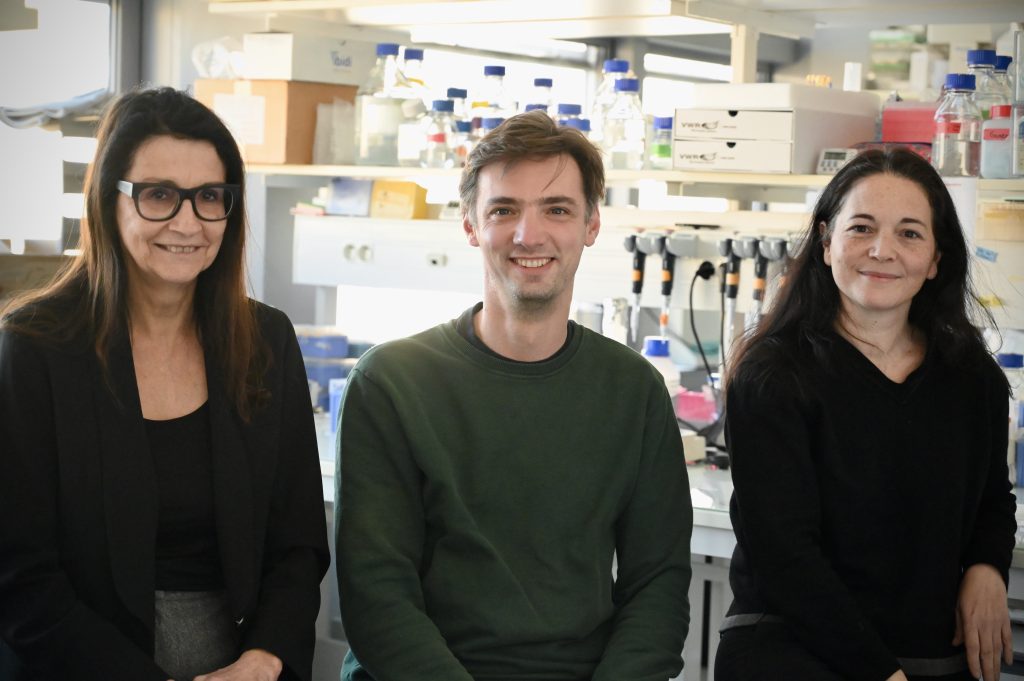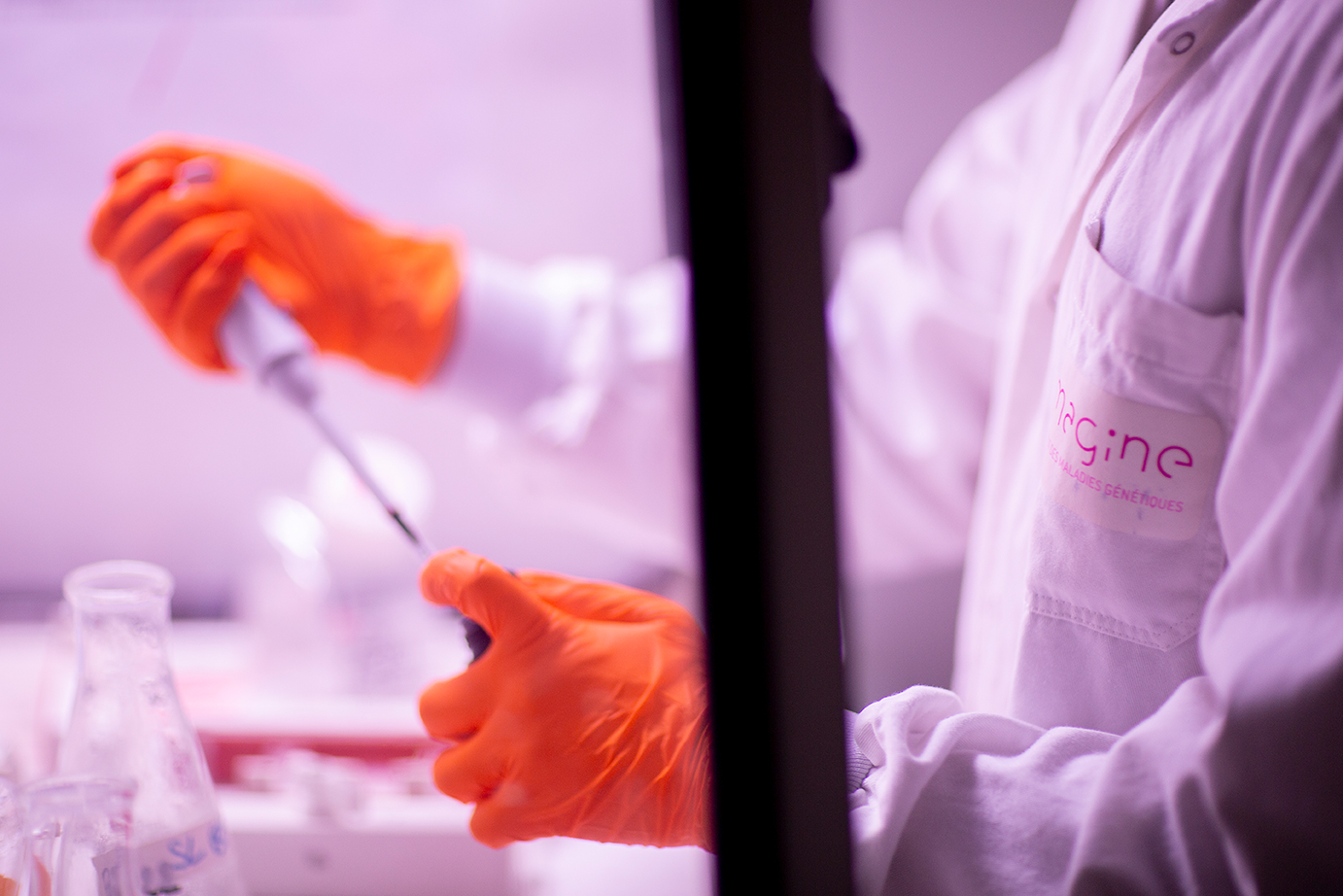In order to better understand the renal pathologies of the patients he follows at the Necker-Enfants malades Hospital, Guillaume Dorval, a Pediatric Nephrologist, decided to join the Institut Imagine and to do a science thesis in the Hereditary Renal Diseases laboratory co-directed by Prof. Corinne Antignac and Dr. Sophie Saunier. The Health-Science program (MD-PhD) created by the Institute, from which he benefited, is intended to support young Physicians or Pharmacists in their research projects, within the framework of a science thesis.
What led you to become a medical researcher?

During my residency, I did a Master 2 in genetics in Corinne Antignac‘s team, a pioneer in the genetics of nephrotic syndromes. It is at the end of this Master 2 that I decided to continue my research work in this laboratory. Thanks to the Institute’s Health-Science program, I was able to carry out a research project while investing 100% of my time in the life of the laboratory.
I chose to do this double degree in medicine and research because, as a clinician, I have to follow young patients with kidney diseases, and research is essential to better understand and treat these diseases. The genetic component in children with kidney failure, sometimes at end-stage, is very important.
Which disease do you particularly focus your work on?
Some children suffer from a condition known as “nephrotic syndrome”, characterized by an inability of the kidneys to retain protein, which is then eliminated in the urine along with waste products. Proteins are essential for the body’s metabolism, and their leakage immediately results in the development of oedemes, characterized by the presence of water in the tissues.

For some of these children, the presence of one or more mutations in genes that are essential for the proper functioning of the kidney is the cause of the disorder. These patients slowly evolve towards end-stage renal failure, and enter a renal transplantation project in the more or less long term. The transplant involves a very heavy immunosuppressive treatment for life. Even in cases of success, a new transplant is needed after a few years, the average life span of a graft being 10-15 years.
How can it be cured?
Trying to find the genetic origin of their disease, thanks to research, is the hope of finding a diagnosis, but also of understanding the mechanisms from a mutation on a gene to the appearance of the clinical expression of the disease (in this case, the genetic nephrotic syndrome). It is by understanding the diseases that we hope to one day be able to offer a treatment adapted to each patient, which will allow them to keep their own kidney and avoid transplants and treatments associated with them.
The discovery of a gene at the origin of a severe form of cortico-resistant nephrotic syndrome: the hope of a better life.
What was your role?

As part of the Health-Science program I discovered a new gene in 2018 that causes a severe and early form of corticosteroid nephrotic syndrome. It adds to the panel of genes analyzed in patients with this syndrome. Some patients will therefore have their diagnosis clarified, and for families with a deleterious variant of this gene, genetic counseling will be offered in order to identify whether other family members are likely to transmit the variant, and also to suggest a prenatal diagnosis in the case of a particularly severe form.
What are the next steps?
Since this discovery, in parallel to research on understanding the mechanisms that lead to hereditary kidney diseases, we are developing a new line of research in the laboratory centered around treating these diseases. These discoveries, and the dynamics of ongoing research, are a source of hope for the sick children and their families, signs of hope that are regularly shared with them in consultation.

